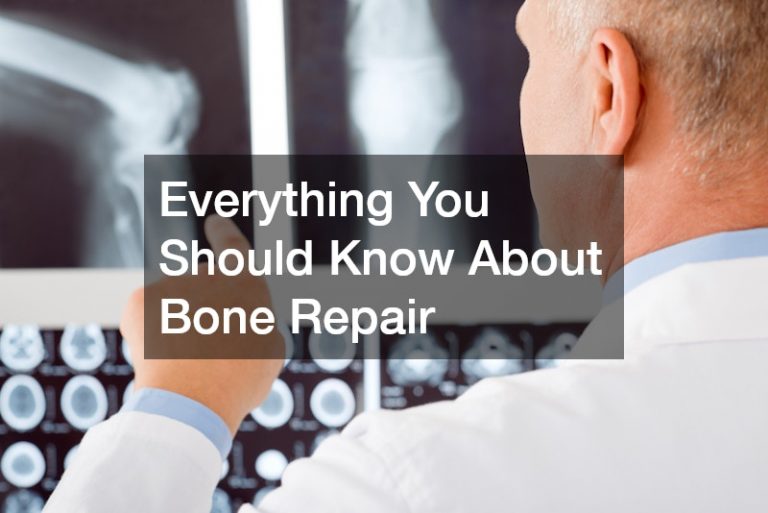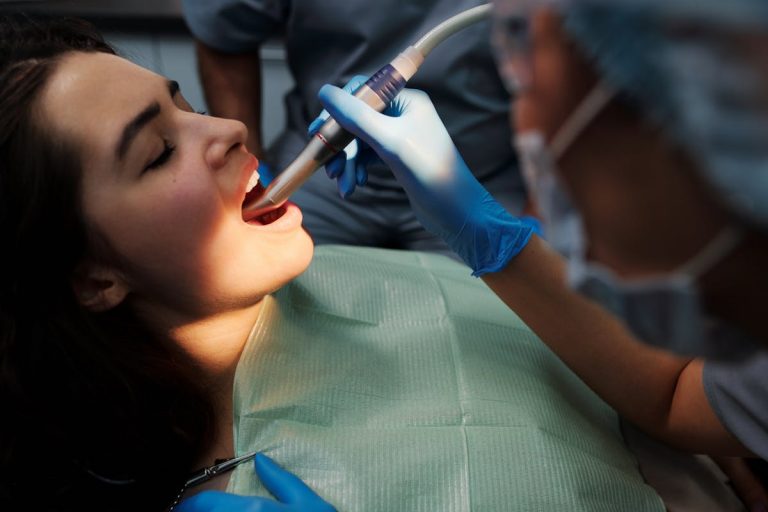There are people whose fears are sparked at the mere mention of a visit to the dentist. They do not want anyone to do some funky stuff in their mouth, as they are afraid they might get into a freak accident. Or they just do not want to imagine the pain of going through a dental operation. But you will not have a choice if you have a bad oral condition bad enough to require the intervention of an orthodontist or a dentist.
One thing you can do to alleviate the jitters is to find out the tools that they are using. That may not instantly take the fear away, but, at least, you will get an idea and be educated as to why you need their help. No one else is qualified to do that for you, so you might as well accept your fate of becoming a future patient. Here are some of the tools at their disposal to make your set of pearly whites get back into their glistening and pain-free glory.
Probes
At first glance, dental probes look scary. They look like large needles. Some are angled near the pointy end. But they are not used to puncture you. Rather, the probe is more of a diagnostic tool, which lets them analyze how healthy your gums and teeth are.
And how do they do that? Well, imagine that your gum is a flap that wraps itself across the rows of your teeth. As such, it is something that you can squeeze the probe into. You might think that it will hurt, but it does not. There should be enough depth for the probe to stick into, about three millimeters or less. Anything more than that, and it could be seen as a tooth starting to have a loose attachment.
Another thing to look out for is whether your gums bleed during the probing. Both scenarios are dangerously close to getting an infection. The void could let food particles or bacteria in, and that could make things worse for you, as there is a huge potential for infection there.
Separating Pliers

When it is decided for you to have braces, you will need to put on separators in between your teeth. These are used to create gaps, and they shall stay there for about two weeks. They may cause you irritation or pain, as these pieces of rubber apply constant pressure to your teeth. But how do you put them on? The dentist or orthodontist uses what is called a pair of separating pliers. These have a reverse mechanism, wherein you need to squeeze on it to spread the tips apart.
At the end of those tips are circular pads, and these will make sure that your gums will not get scraped. The separator is like a small rubber band that you put on the tip of the pliers, and then you gently place it on one of the teeth gaps. Expand it slightly until you can loop it on a tooth, much like how you try to fit your head into a round-neck shirt.
Distal End Cutters
When you have all the brackets needed to be attached to your teeth, it is time to loop in the wires next. These are what will keep your braces in place so that your teeth will get aligned after a year or so. The distal end cutter is like pliers that have a right-angled tip. They are designed to let the dentist cut the excess wire and have that caught in its clutches so that it does not scratch the patient’s oral cavity.
These tools may look intimidating at first, but once you get to know them and their purposes, things will not look bad at all. Hopefully, this will also serve as your preparation guide so that you can gather the courage to go to your dentist or orthodontist.






